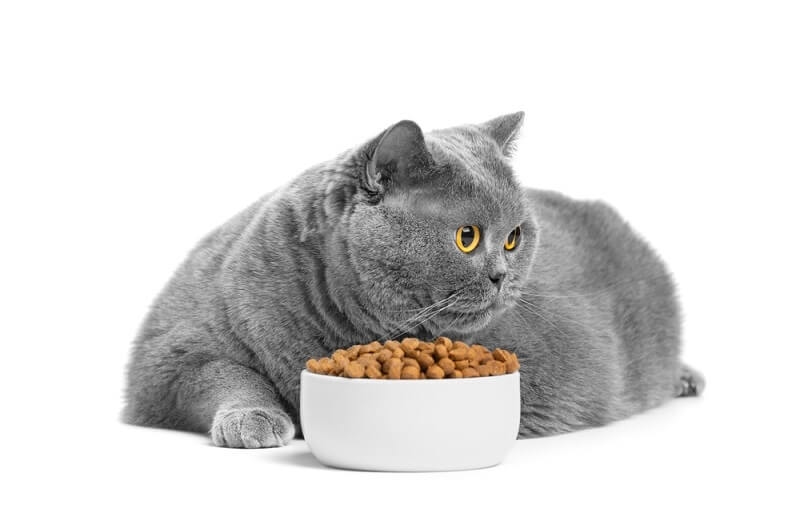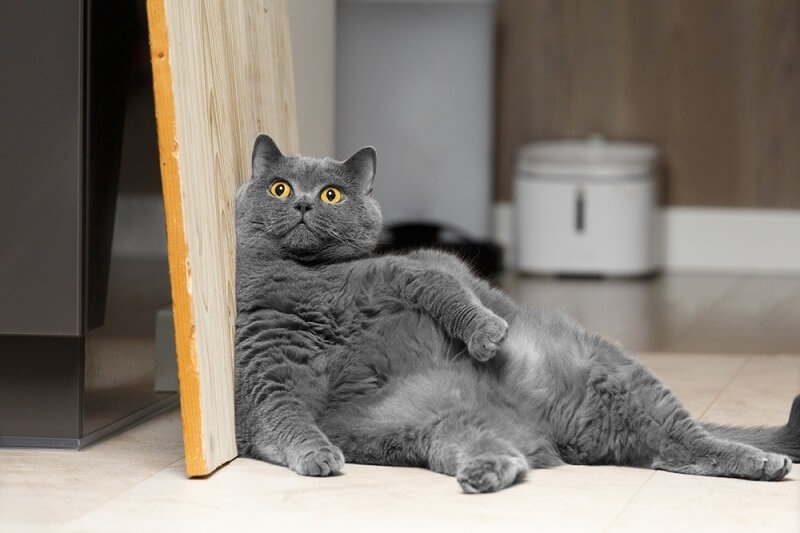
Cats are generally seen as one of the most graceful, agile, and self-reliant animals to have in the home, but the truth is that quite a few of them are dealing with being overweight. In the same manner that people do, cats can get fat if they overeat or do not do any physical activity. Some pet owners who are fans of fat cats might say that these little fellows look adorable when somewhat plump; however, packing on too many extra pounds can cause various health issues.
Knowing cat obesity risks and being proactive about the weight are the factors that give your pet the opportunity to live a long, healthy, and happy life.
The number of obese cats has been rising gradually over the years. Cats living inside houses, in particular, are more likely to get the condition as they are usually less energetic than the outdoor cats, which have more room to roam. On a few occasions, the negligence of certain pet owners may result in the increase of the pet's weight through overfeeding, the excessive giving of treats, and a general lack of physical activity.
The matter is not solely in the visual aspect, but it indirectly influences the total welfare of your animal. Cats that have more than enough weight are given the possibility to have joint pain, restricted breathing, and even have their lifespan shortened. Realizing the threats and discovering the proper way to engage the cat in the activity are the steps that need to be done in order to be able to confront the obesity problem in cats.
Obesity in cats has been linked with many health concerns. These cat obesity issues may lead to a shorter life span and make seemingly easy everyday activities quite difficult:
These cat obesity-related health problems are quite alarming, but several of them can be averted if proper care and weight management are practiced.
Certainly, in order to avoid obesity, cat owners should be able to recognize what a healthy weight for cats looks like. As cats are of different breeds and body types, the “ideal” weight can vary significantly. Some signs to look for are like the ones given below:
Those regular checkups and weight monitoring are very important as they help ensure that your pet accommodates the right range.
Feline weight gain etiologies teaching the owners strategies behind the avoidance of the issue. Some of the common causes are:
The identification of these causes helps in bringing about a plan for the prevention of cat obesity health problems.
Managing obesity, one of the best methods, is concentrating on what your feline is consuming. Creating an overweight cat’s diet necessitates the use of both harmony and persistence. Below are some pieces of advice:
Cats should never be subjected to abrupt or drastic weight loss programs, as this leads to liver disease. The safest way is by losing weight gradually and consistently.

Cat exercise is just as crucial as the food plan. The two together form a great, healthy lifestyle for your cat. Most cats are not averse to the exertion of play; however, the need to keep them energetic is a must. Here are some inventive cat exercise tips:
Exercise is not only instrumental in weight management but also in the mental well-being whereby boredom is kept at bay and destructive behavior minimized.
It is much easier to prevent obesity than to treat it. Feline obesity prevention should ideally be implemented from the kitten's early days, but it is also applicable at any age. Some of the main measures that can be used include:
Consequently, preventing is the means whereby cats are made to avoid the problem of cat obesity and at the same time, they live longer and healthier lives.
On the other hand, if your cat is already fat, then creating a safe weight-loss plan is what you should do. Fast weight loss is risky, and therefore, all the changes have to be done gradually. Owners can:
Moreover, the owner should be very patient—the process of losing weight in a healthy way for cats may take months, but, on the other hand, the positive effects of it last long.
Cat obesity, just like a bad haircut, is not only a problem for your cat but also a source of health problems for your pet. Extra weight will predispose your cat to diabetes, heart disease, joint problems, and other conditions that will cause your cat to die earlier. Owners who know about the risks of obesity in cats and nevertheless take the required steps to prevent it can become a bonus to their pets rather than a hindrance.
Without any doubt, prevention is always easier than treatment. With the right approach, feline obesity prevention becomes part of the daily routine of pet care.
This content was created by AI